
Original Link: https://www.anandtech.com/show/2605
Corsair DDR3-2133 - How high and fast will it go?
by Rajinder Gill on August 28, 2008 3:00 AM EST- Posted in
- Memory
Desperately Seeking Susan Synergy
In our opinion, the current acceptance of 64-bit Vista is going to create a large demand for 4GB memory kits. For these users, buying a 2X1GB may appear as a half solution - almost an illogical purchase considering Vista's voracious appetite for memory. As such, we know our work is cut out with this preview and subsequent review of high-end DDR3 kits. Testing niche products always represents a challenge because it is impossible to justify the miniscule gains in real world testing against the premiums one has to pay for that last 1% of performance. However, for a certain group of users, that last 1% means everything - cost be dammed. There is a demand for such products; in fact, this demand sometimes shapes the course and direction of future products. Therefore, we will simply say tongue in cheek, "It's a tough job, but somebody's gotta do it."
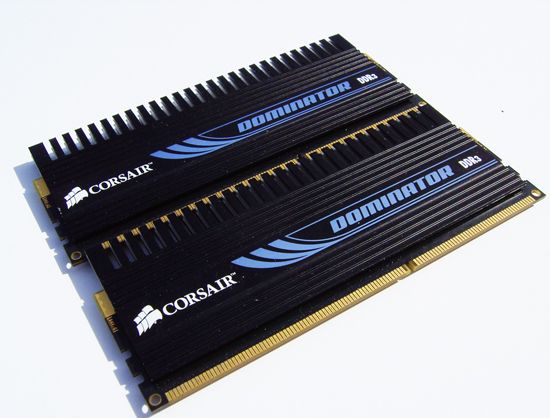
When we first learned that Corsair was sending us this $515 kit for testing, we had just finished pushing the ASUS P5E3 Premium to its limits and found it to be a fantastic board for overclocking 1GB memory modules well in excess of 2000MHz. In order to obtain these results we used 2X1GB modules from Cell Shock that are based upon Micron's D9JNL part. These particular modules scaled all the way to 2160MHz at CAS 8 on the ASUS board, although it has to be said it took a decent amount of work getting there. Very impressive of course, but it's also no real secret that few of us really run our PCs with such a setup, simply because the voltages and time required to reach such lofty speeds is more than excessive for 24/7 operation.
While the X48 chipset can achieve over 2100MHz with good DDR3, it does so at a real push needing more voltage to hold it'self together than most of us are prepared to use. The other logical choice for high-end DDR3 overclocking is the NVIDIA 790i chipset, but after significant testing, we realized it is no different. In fact, it's not nearly as stable when really pushed to the limit with these modules. Corsair's decision to quickly market a high-speed 2133MHz kit based on Samsung's new ICs certainly roused our curiosity. At the same time, we questioned how such kits would be qualified to run at stock specifications, never mind overclocking. Let's look at our first results.
Reaching DDR3-2133, the hard way
We can rule out the use of quad-core processors in this task for a start. There are no quad-core processors currently available that can run 533FSB in a 24/7 configuration. Therefore, we are left looking at the dual-core Wolfdales, which represent a light enough load on the system to scale well over 500FSB. Of course, we stress a disclaimer at this point: there are always the offspring of Satan's donkey in the marketplace - some of us just are not born lucky when it comes to getting good retail processors.
Such was our case, so we're now limiting ourselves even further with a decent Wolfdale teamed up with an interesting X48 board to achieve at least stock DDR3-2133 specifications for the modules - and perhaps go a little higher. The constant thorn in my conscience while writing all this is few if any people buy 2GB kits - especially $500+ kits - anymore unless they are serious about benchmarking. However, benchmarkers are just as fussy as everyone else involved in overclocking. They want kits that scale well with voltage while running tight latencies at a very high bandwidth.
This Samsung based part can certainly satisfy the bandwidth requirements and then some, but it's not known for its ability to run tight latencies up high. This pretty much puts these particular 2GB kits into a niche within a niche market. It's rather like deciding between a 39 or 40 carat diamond for a dinner ring when your better half is already wearing a 45 carat wedding ring.
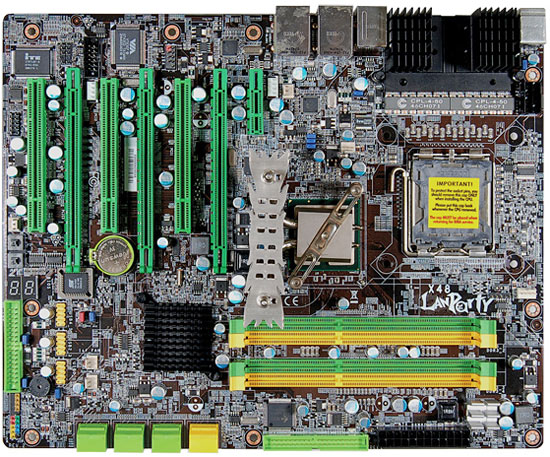
There might just be a redeeming quality for the Samsung part, as it is a very light capacitive load. This means it's less demanding of the MCH output stages compared to the typical Micron D9JNL, which gives it the potential to scale a little higher in raw speed. It may not manage tight latencies, but we must remember that Intel's Core 2 architecture has already shown it usually favors raw processor MHz as long as the all-important tRD (Performance Level) register is kept as low as possible.
Shortly after the Corsair kit arrived in the labs, DFI shipped us their new LANParty UT X48 T3R motherboard. It uses DDR3 and is armed to the rafters with overclocking options - we thought we'd found the perfect partner. In truth, we could not have been more wrong at the time. The BIOS was still very much alpha level and had more quirks, knots, and idiosyncrasies than we care to list. We found ourselves receiving a new BIOS every few days just to get modules (any modules, much less these) to either boot or get the board to even resemble an overclocking product.
The rest was really down to our own inability to master this BIOS. Sure we've done it all before, but this one really is different and took every ounce of patience to get from A to Z. Finally, we are in a position to start appreciating the qualities of DFI's hell-boy, though it is still not without its disappointments. We provided our BIOS settings in the gallery below.
A full lowdown on this board will be given in an upcoming review. Meanwhile, let's look at what this red carpet pairing of parts can do. Will they self destruct, or will they waltz together like Astaire and Rogers?
First Results
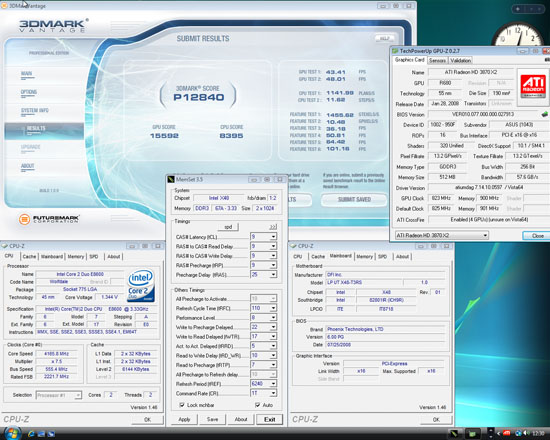 |
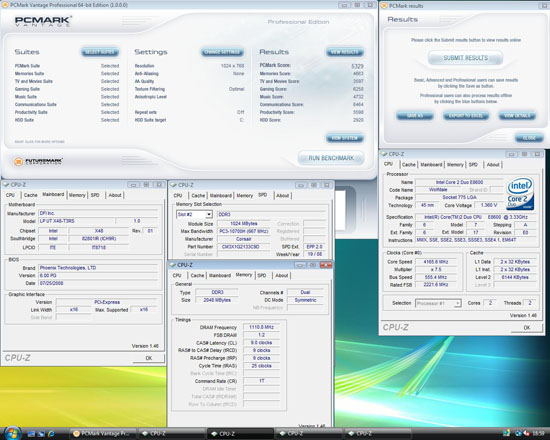 |
First up are the maximum stable FSB shots. These come in at 2V on the memory and around 1.67 VMCH. That's probably too high for the conservative overclockers among us, not to mention these settings favor a water-cooled Northbridge. In testing, 555FSB is absolutely stable, performance is okay, but we had to set "Enhanced Data Transmitting" to disabled in the DFI BIOS.
Read bandwidth in our Everest test is just over 11K here as is write speed. Copy bandwidth suffers because of the disabled performance registers, posting a mere 9K or so. The numbers are respectable enough, and the DFI board can certainly run two 3870s in CrossFire mode at a somewhat high FSB speed. Let's push for a better performance ratio.
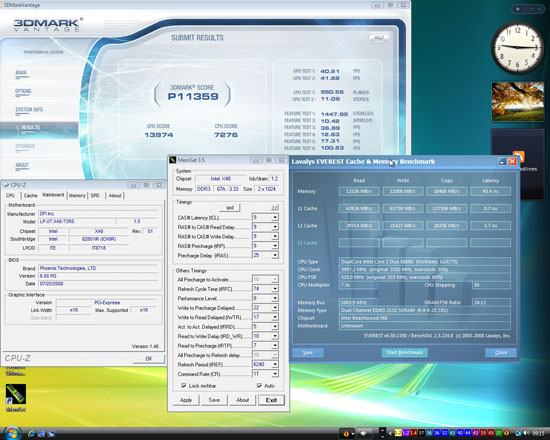 |
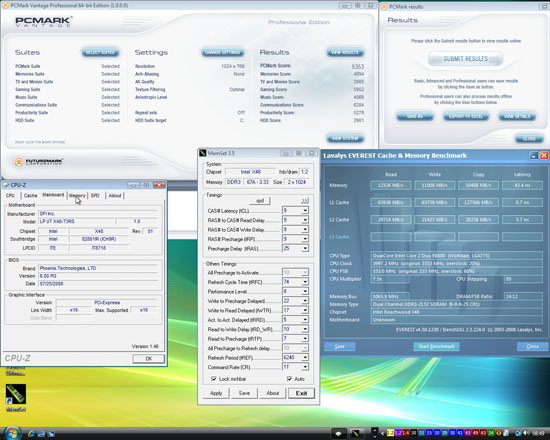 |
We usually prefer running our PCs where they perform best, and typically for the X48 chipset this performance zone falls at a tRD of 6 with the FSB speed at around 460-470. Although, the downside of running a lower FSB does manifest itself with lower overall copy and write speeds, so we sometimes settle for a tRD of 7 at 500FSB. In this instance, the stock specification of these modules demands 533FSB and that means a looser tRD of 8 on all X48 boards.
Now comes the reason behind the perceived synergy of the parts we are using together. Usually, running the 2:1 memory divider on the X48 chipset over 510FSB requires a lot of the chipset performance registers to be set low. The DFI board has a bit of an advantage here over other boards; it can run and hold these performance enhancements steady at 533 FSB. The result is spectacular bandwidth right across the spectrum, while access latency is also no slouch.
Voltage-wise, the MCH demands between 1.6V and 1.65V to remain stable with these loads. Again we find ourselves using fans that provide a copious amount of noisy airflow or a decent water loop to keep the Northbridge cool for a 24/7 system running these speeds (and even with such cooling, we're far more inclined to drop the speeds a bit). Of course, it's possible to loosen tRD to bring the VMCH down, but the logic in doing so does not sit well with the decision to purchase a CAS 9 2133MHz memory kit.
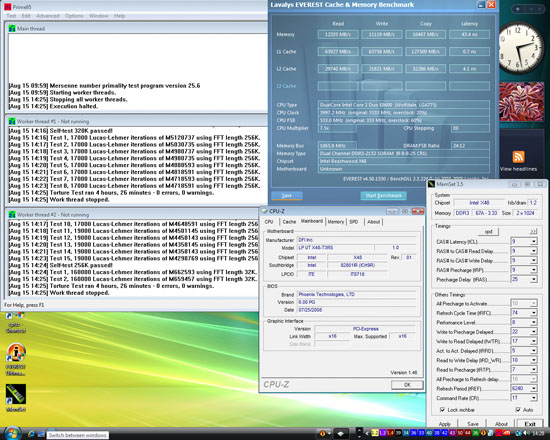 |
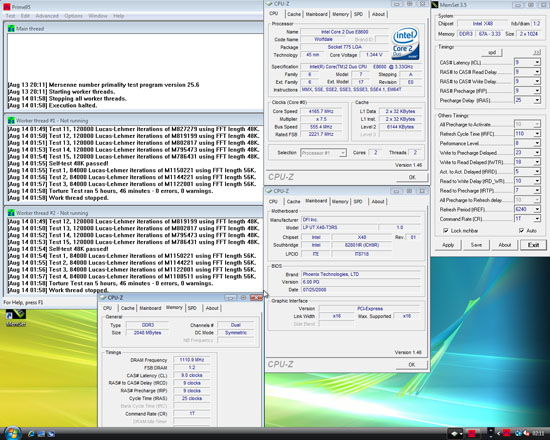 |
Yes, our settings are fully stable, but the motherboard still exhibits a tendency to sit staring back at us with a code 88 displayed in the POST code display when we cold boot the system. Simply reloading the BIOS gets around it, so it's just a matter of tidying up the BIOS by DFI to rectify our problem. A complete BIOS guide will follow shortly as part of the full board/memory review. The story for now is that yes, DDR3-2133 speeds or higher can be done for a 24/7 system, but be prepared for a few days of tuning and hair pulling. It's just not that easy yet.











